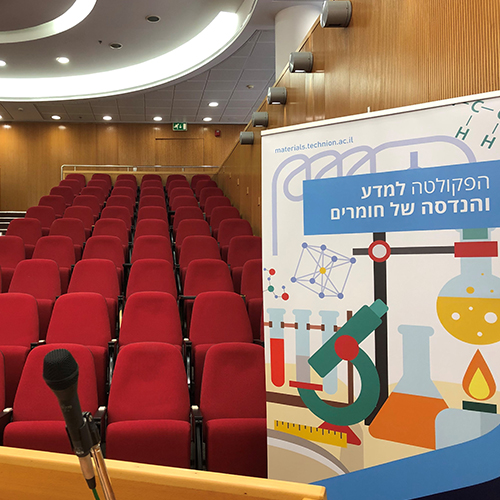
Dr. Moran Yadid
13/02/2025
David Wang Auditorium, 3rd floor Dalia Meidan Bldg.
14:30
Regenerative medicine aims to repair damaged organs, particularly in ischemic heart disease (IHD), where current treatments only manage symptoms. Extracellular vesicles (EVs) from stem cells show cardioprotective effects during ischemia-reperfusion injury (IRI) through anti-apoptotic and pro-angiogenic signaling. Endothelial cells, abundant in the heart and sensitive to hypoxia, may also hold therapeutic potential via EV-mediated signaling. To study this, we developed a heart-on-a-chip model where cardiomyocytes are organized to mimic the heart’s laminar architecture, with embedded sensors for continuous contractile function monitoring. This platform enables controlled assessment of cardiac injury and therapy.
Using this system, we found that endothelial EVs (EEVs) alleviate cardiomyocytes death, preserve contractility, and enhance their respiration. Proteomic analysis showed that EEVs restore injured myocyte protein profiles, enriching pathways related to metabolism, redox balance, and stress response. To further understand endothelial dysfunction (ED), we established an in vitro model of diabetic endothelium, which exhibited functional changes consistent with ED. EVs from dysfunctional endothelium displayed altered properties that may impair their protective function. These findings reveal how ED disrupts endothelial signaling, linking vascular disease to systemic comorbidities. Understanding how EEVs are altered in pathological states provides insight into their role in vascular health and disease, informing targeted therapies for cardiovascular disease.


